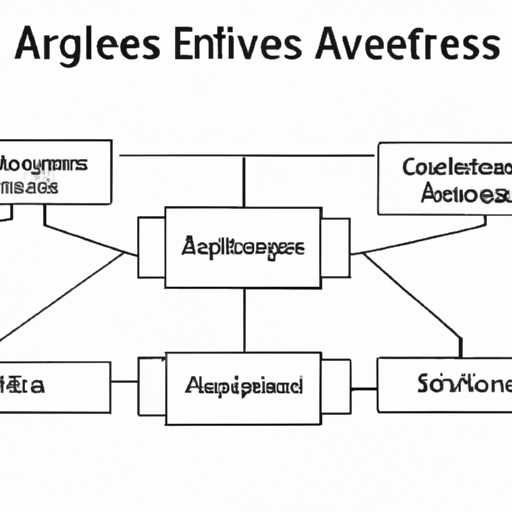In recent years, serverless computing has emerged as a revolutionary approach to cloud computing, enabling developers to build and run applications without the complexity of managing servers. This blog post delves into the benefits of serverless computing and provides insights into best practices for implementing serverless architecture.
What is Serverless Computing?
Serverless computing is a cloud computing execution model where the cloud provider dynamically manages the allocation and provisioning of servers. Developers can focus on writing code without the need to worry about the infrastructure behind it. This model allows for automatic scaling, high availability, and a pay-as-you-go pricing model.
Benefits of Serverless Computing
- Cost Efficiency: With serverless computing, you only pay for the resources you use. This eliminates the need for over-provisioning servers and reduces costs significantly.
- Scalability: Serverless architectures automatically scale with application demand. This means applications can handle sudden spikes in traffic more efficiently.
- Reduced Operations Overhead: By abstracting server management, teams can focus more on coding and less on provisioning and managing servers, which accelerates development cycles.
- Faster Time to Market: With less administrative effort and streamlined workflows, products can be launched faster than traditional server architectures.
Common Use Cases for Serverless Computing
Serverless computing can be leveraged in various scenarios, such as:
- Data processing jobs (e.g., ETL pipelines)
- API backends
- Real-time data analytics
- Web applications
- IoT applications
Best Practices for Implementing Serverless Architecture
To maximize the benefits of serverless computing, consider these best practices:
- Design for Failure: Implement robust error handling and retry mechanisms since serverless functions can be invoked across distributed systems.
- Keep Functions Lightweight: Each function should perform a single task, which enhances maintainability and reduces memory consumption.
- Leverage Cloud Provider Tools: Utilize available monitoring and debugging tools from your cloud provider to trace function execution and manage performance.
- Optimize Performance: Regularly analyze function performance and cold start times, and adjust configurations to align with expected usage patterns.
Conclusion
Serverless computing offers a powerful paradigm for modern application development. By understanding its benefits and adhering to best practices, developers can create more agile, cost-effective, and scalable applications. As cloud technologies continue to evolve, embracing serverless architecture could be key to staying competitive in the digital landscape.
Are you considering transitioning to a serverless model for your applications? Share your thoughts and experiences in the comments below!






